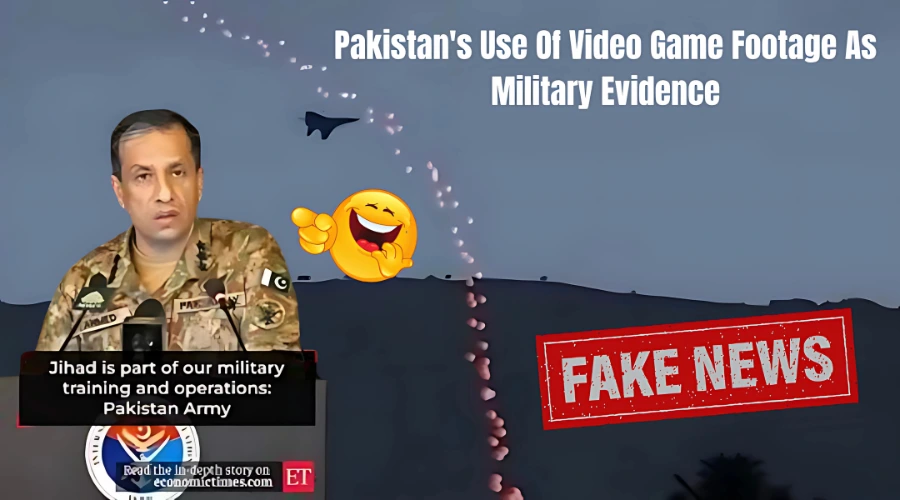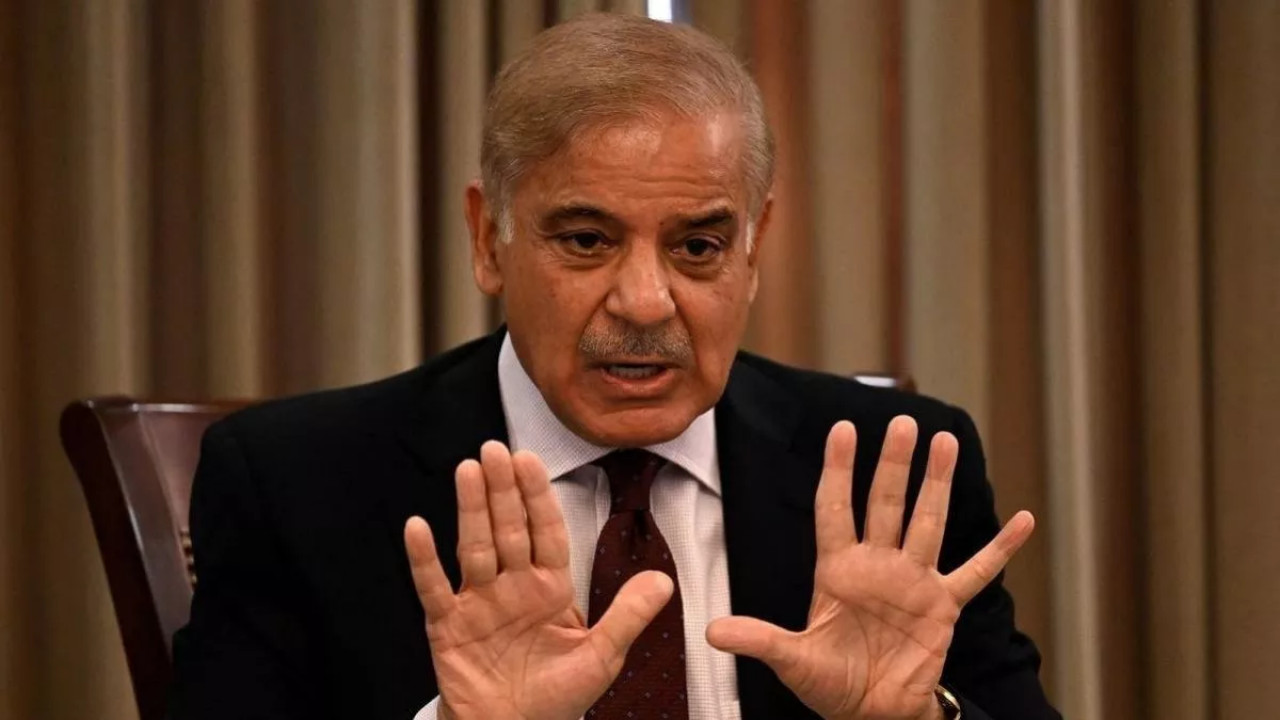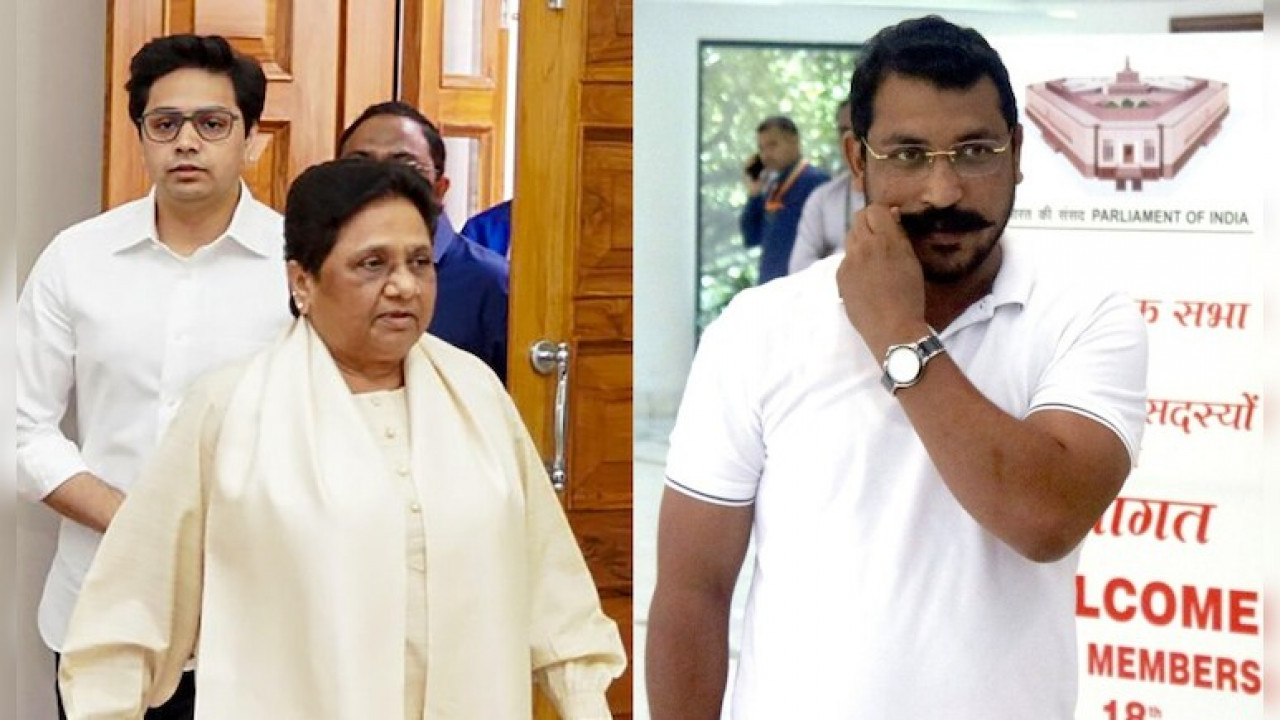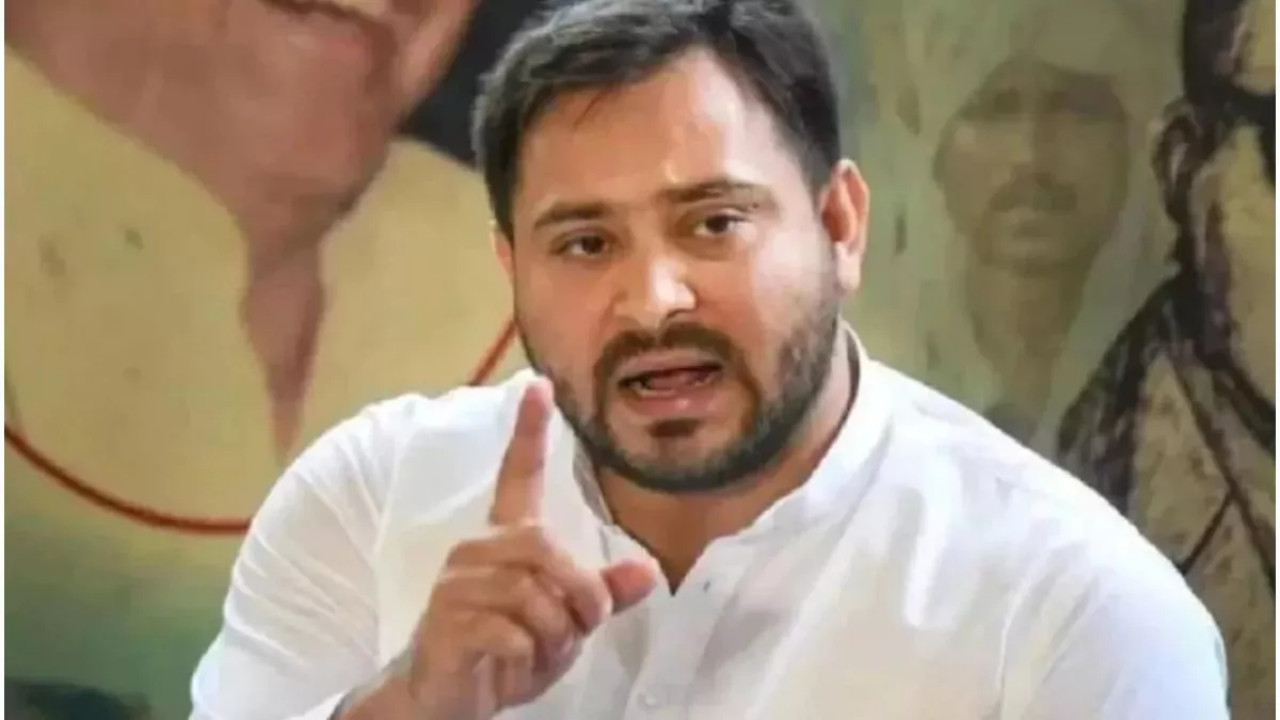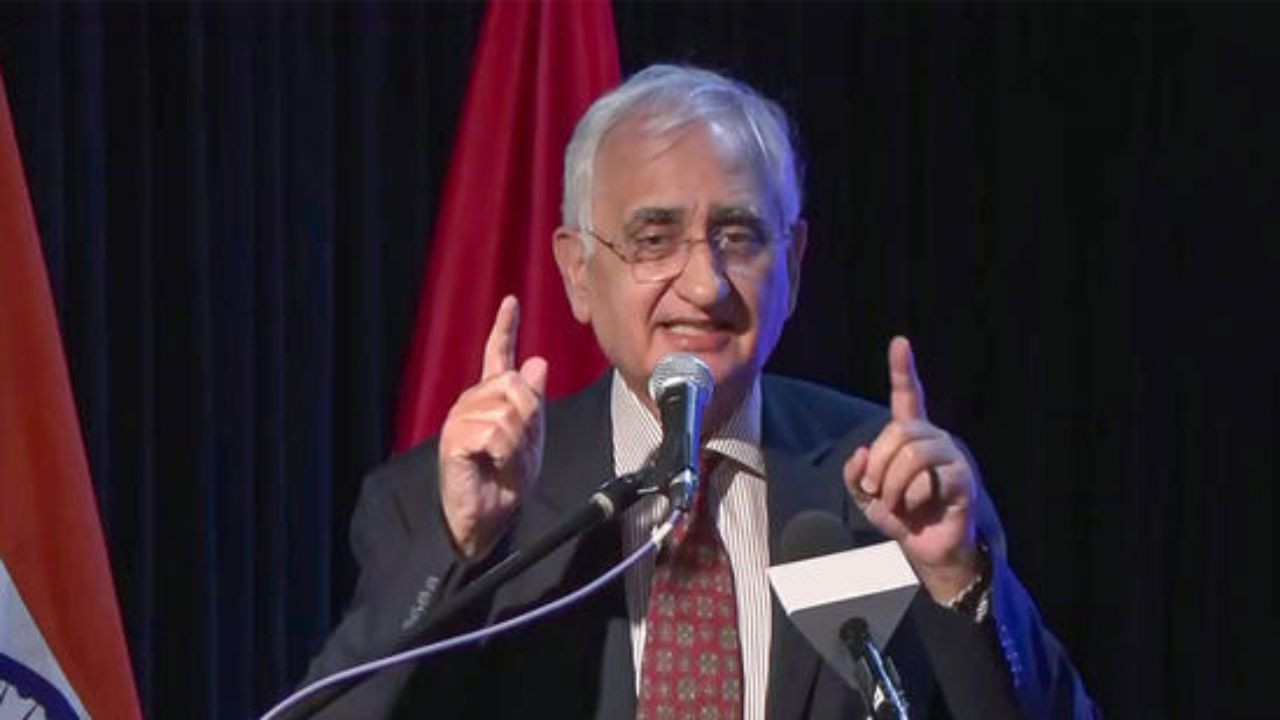The official Twitter X account of the nation of Pakistan has tweeted video game ARMA 3 footage, saying it is its military reaction to Indian aggression. India has banned the Pakistani government's X account after a terrorist assault in Pahalgam on April 22 that killed 26 people. India's resolve to take aggressive action against Pakistan, which included putting the Indus water treaty on hold indefinitely, led to the move.
Details Minister Attaullah Tarar praised the military of Pakistan for their quick and nerve-wracking reaction to the clip, which showed a Close-In Weapon The system (CIWS) attacking a target.
The minister said that India's war craziness and selfishness were wrong, and he promised to respond appropriately to any acts of rage. But people soon pointed out that the video was clearly from the famous military model game ARMA 3 and not actual action footage. Someone else mentioned that ARMA 3 film is often used for propaganda in real warfare, although it's generally shared by parties that don't have a name. But for the Pakistani government to publish it, yikes.
Arma 3: What is it?
Bohemia Interactive produced and released ARMA 3, an open-world, realism-based military tactical shooter computer game. With these tools, users may create and share bespoke scenarios that are quite similar to genuine military actions. On Monday, the Directors Generals of the Army (DGMOs) of India and Pakistan agreed that both sides should take urgent steps to make sure that troops are pulled back from the borders and forward regions.
Reports say that DGMO Lt. General Rajiv Ghai spoke to Major General Kashif Abdullah, the of Pakistan on Monday around 5 p.m. Lt. Commander He and his Indian Air Force and Navy parallels, Air Marshal A K Bharti and Vice magazine Admiral A N Pramod, told the media about Operation Sindoor. They said that Pakistan used a variety of weapons, including Chinese-made missiles, Turkish-made drones, armed UAVs, and loitering munitions, to try to hit targets in India.
India started Operation Sindoor in the early hours of May 7 as a planned military reaction to the Pahalgam terror incident. India was able to eliminate nine high-value terror launchpads associated to Lashkar-e Jaish-e-Mohammed, and Hizbul Militants. These places were found to be important training and operational centers for assaults against India.



